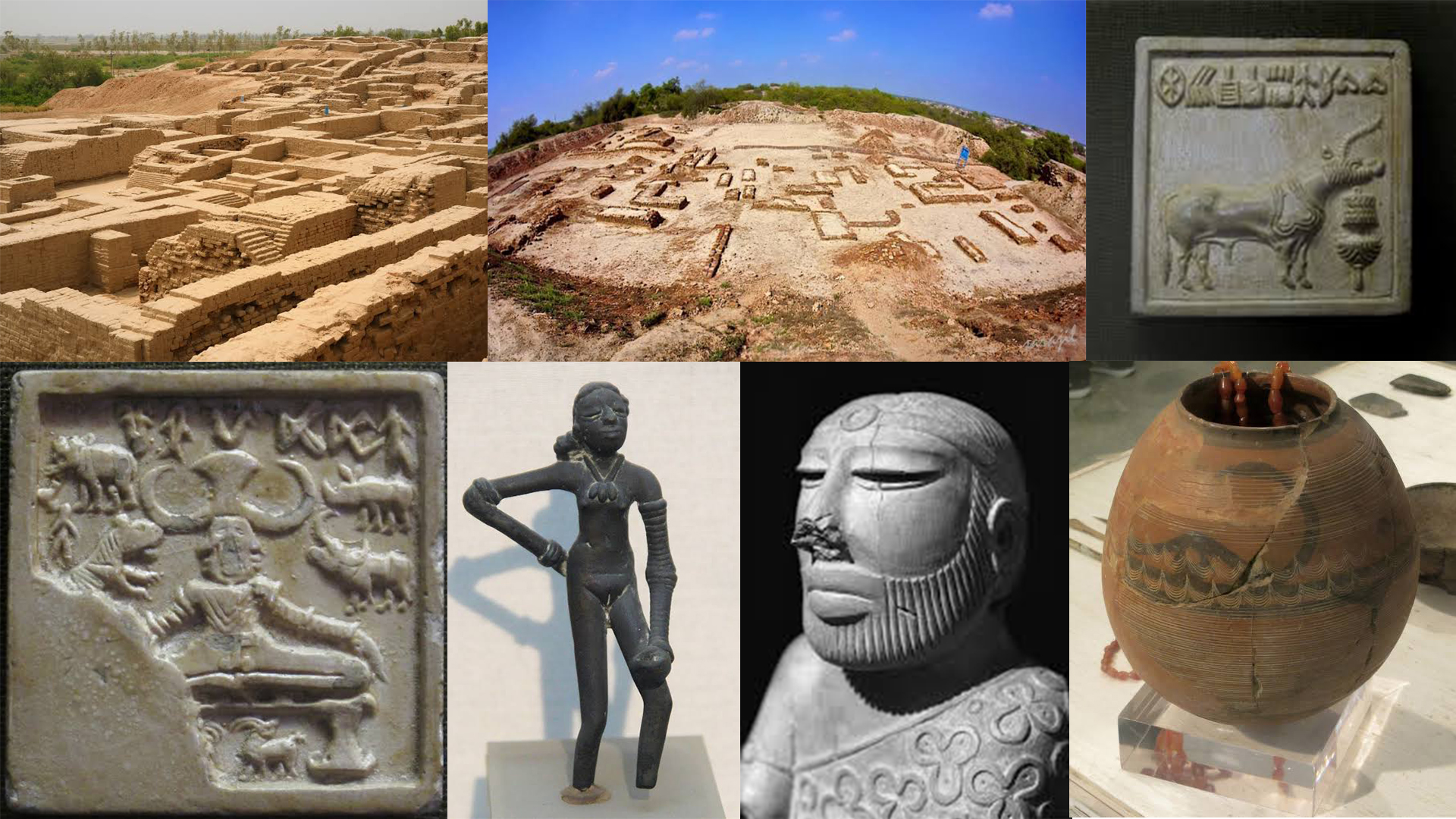Although Sindhi was not a regional language in a well-defined area, there were persistent requirements for Sindhi-speaking people for the inclusion of Sindhi in the Eighth Schedule to the Constitution. The Small Language Commissioner recommended the inclusion. On November 4, 1966, it was announced that the Government had decided to include Sindhi in the Eighth Schedule to the Constitution of India. At the 2001 census, there were 2,571,526 speakers in India. The Sindhi people live mainly in the northwestern part of India. Many Sindhis live in the provinces of Rajasthan, Gujarat, Maharashtra and Madhya Pradesh as well as the Indian capital of New Delhi. In India, Sindhi is a local language in the Kitchh district of Gujarat. The majority of Indian Sindhis follow the Hindu religion (90%), although the Sindhi Sikhs are a prominent minority (5-10%). There are many Sindhis people living in various cities in India, including Jalgaon (MH), Ulhasnagar (MH), Kalyan (MH), Mumbai, Pune, Gandhidham, Surat, Rajkot, Adipur, Gandhinagar, Ahmedabad, Bhavnagar, Bhopal (Bairagarh), Ajmer, Jaisalmer, Delhi, Chandigarh, Jaipur, Bangalore, Vijayawada, Hyderabad, Chennai, Raipur, Indore, Gondia, Nagpur, Jabalpur, Katni (MP), Narsinghpur, Satna (MP), Sagar, Rewa, Bilaspur, Dhule, Maihar, Itarsi, Aurangabad (MH), Kolkatta, etc.
Cities of Sindhi
Main theme: List of Sindhi festivals
Another ancient civilization in the history of mankind, the Sindhis has a rich and clear cultural heritage and is very interesting. Their most important celebration is Cheti Chand, Lord Jhulelal’s birthday. Apart from this, they celebrated Akhand teej (Akshaya Tritiya) and Teejri (Teej).
Sindhi Sikhs
Through the teachings of Gugu Nanak during her visit to Sindh, many Hindus Sindhis embraced Sikhism. Many Sindhi Hindu women learn the alphabet Gurmukhī to enable them to read the Gurth Granth Sahib. Many Amils, a Hindu sect of Sindhis, adopted Sikhism. There was a time, before the partition of India, when most of the non-Muslim Sindhis were Sehajdhari / Nanakpanthi Sikhs.
In the early 1900’s, Chief Khalsa Diwan of Amritsar sent missionary teams once a year to Sindh to work among the Sehajdhari Sindhis. In a span of 30 years with scarce resources this missionary work led to an increase from 1 Keshdhari Sindhis in 1901 to more than 39,000 in 1941 a large number in those days.
The bond of Sehajdhari Sindhis and Sikhism is a myth. Like the Sikhs of Punjab, the Sehajdhari Sikhs of Sindh have also left their homeland and are now scattered throughout India and other countries. There are 50 million Sindhis in the Sindh province of Pakistan and 3.8 million in India. Their main tourist destinations are Nankana Sahib and Dehra Sahib in Punjab, and Sadh Bela near Sukkur in Sindh. Sadh Bela is a Udasi temple built in 1823.
Institutions established by Sindhi Hindus
The following is a list of Institutes, Colleges, Universities established and run by Sindhi Hindus in India and other countries.

